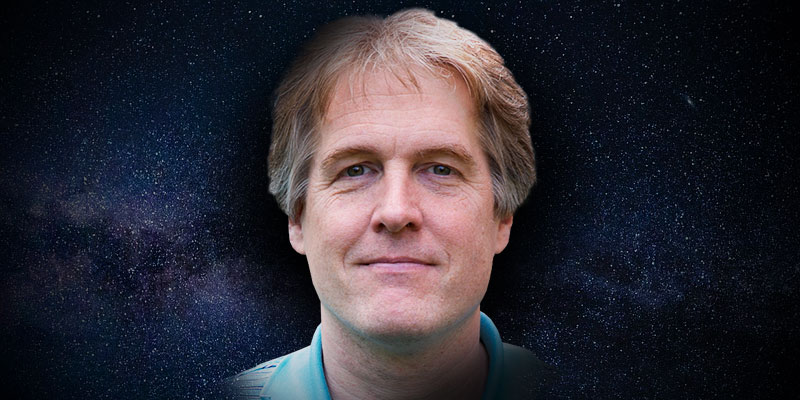Astronomy news is always old news because of, you know, light years and such.
About 750 million years ago, in a galaxy far, far away (queue the Star Wars intro), a black hole consumed a nearby star in an event that has revealed to astronomers the existence of something new: a mid-sized black hole.
Dr. Jimmy Irwin, an associate professor of astronomy at the University of Alabama who is part of the team that discovered this new type of black hole, explained the revelation in an interview with Yellowhammer News.
Astronomers have established with good evidence the existence of “low-mass” black holes, which are judged to be between 3 and 30 times more massive than the sun, as well as “super-massive” black holes, one of which has been discovered in our own galaxy to be 4 million times more massive than the sun.
“We know that low-mass black holes form and we know that high-mass black holes form,” Dr. Irwin explained, “but between these two book ends, it’s not clear whether there’s a mechanism in nature that allows black holes to be formed with, say, a mass above one hundred times the mass of our sun and below one million times the mass of our sun.”
There’s pretty good evidence now, though, that such medium-sized black holes do exist.
As Dr. Irwin explained, when a black hole rips up and consumes a star, its debris becomes very hot and emits x-ray radiation, creating data that becomes observable over time.
“There’s already a built-in time lag, based upon the distance of the object,” Irwin said.
The observations that led to this discovery were made through what Dr. Irwin described as a detective-like process.
The astronomer who began the project, Dr. Dacheng Lin, was actually a post-doctoral researcher under Irwin in years past. Dr. Lin began looking back at data recorded by a variety of telescopes in Europe and the United States between 2003 and 2006 and discovered an observable change at a particular spot in this far-away universe.
“There was a bright x-ray source in one observation and it was dimmer in the next one,” Irwin explained.
“Piecing together the history he was able to discover that this probably happened, or at least this radiation reached the earth’s telescopes, probably sometime in 2003,” he said.
Irwin stressed that we’ve known about black holes for a long time, but not of this type.
“This idea of stars being torn apart isn’t a new idea,” he said. “What’s new is that we’re seeing stars ripped apart by one of these mid-sized black holes.”
@jeremywbeaman is a contributing writer for Yellowhammer News
Don’t miss out! Subscribe today to have Alabama’s leading headlines delivered to your inbox.
